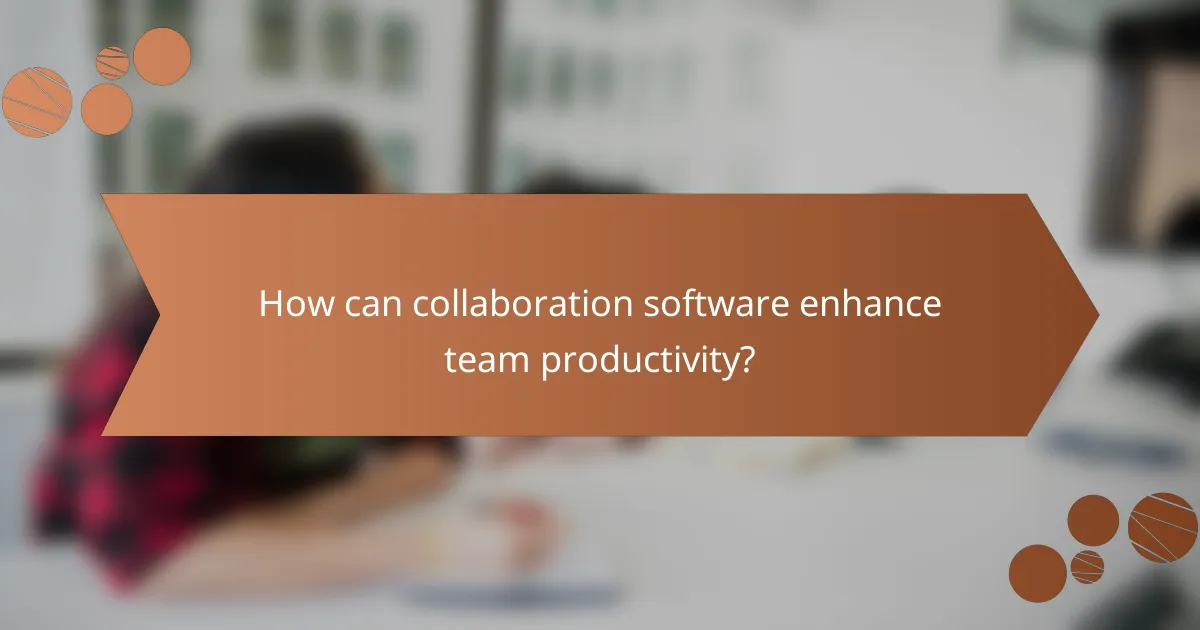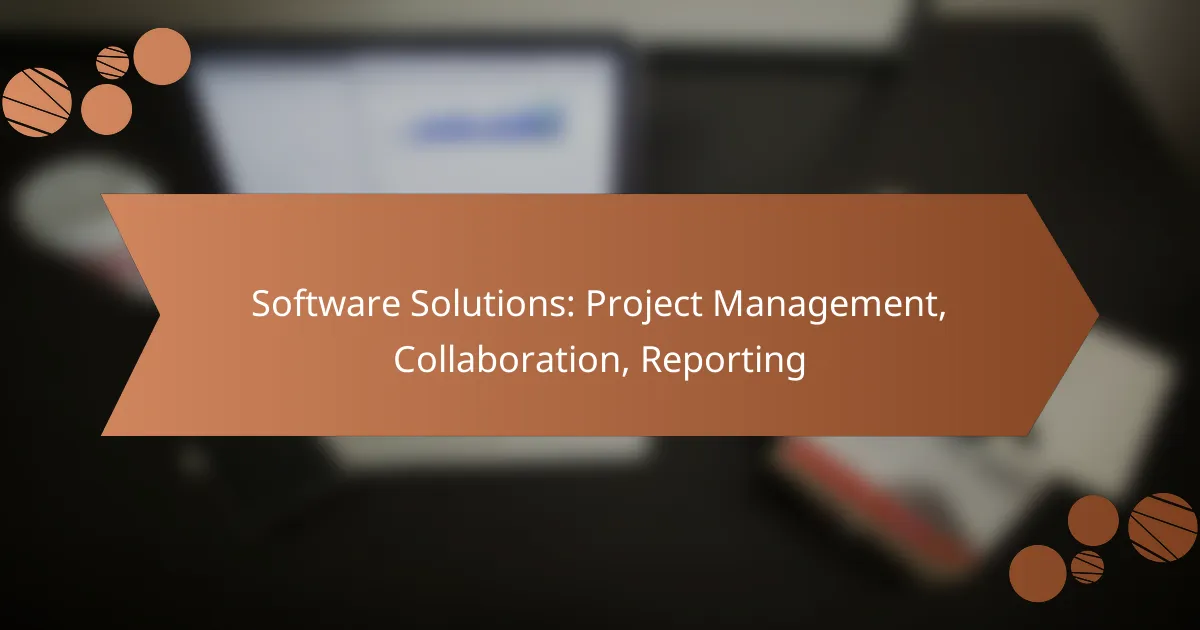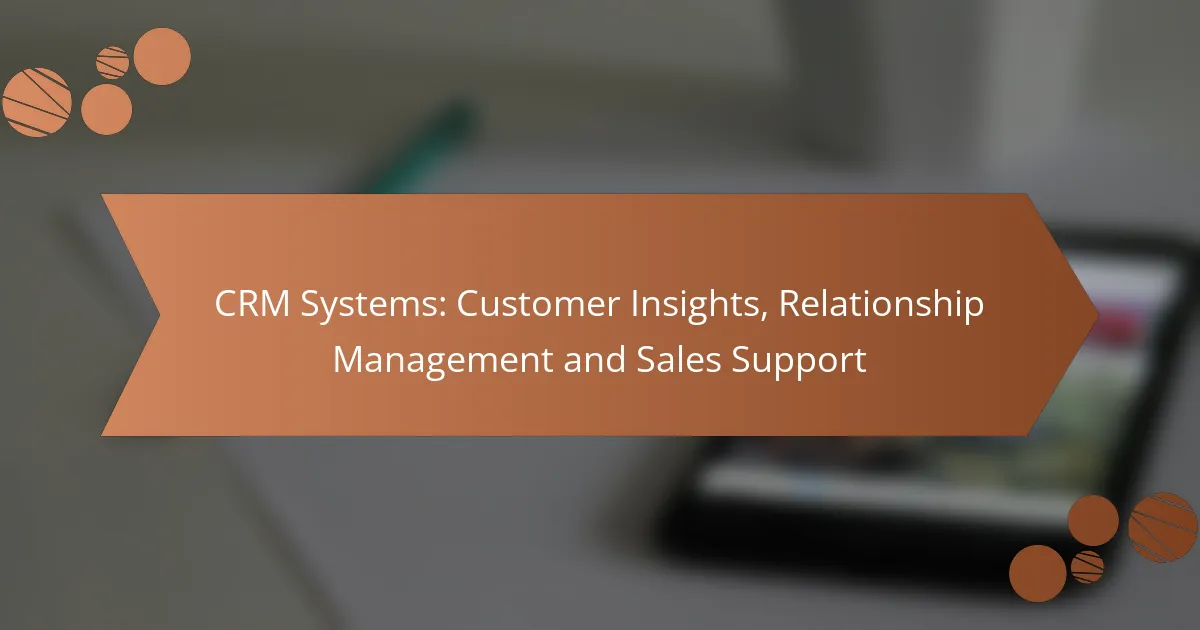Effective software solutions for project management are essential for enhancing collaboration, improving reporting, and ensuring efficient task tracking. With tools like Asana, Trello, and Jira, teams can streamline their workflows, boost productivity, and gain valuable insights into project performance. By integrating collaboration features and robust reporting capabilities, these solutions empower teams to work more cohesively and make informed decisions.

What are the best project management software solutions?
The best project management software solutions streamline collaboration, enhance reporting, and improve task tracking for teams. Popular options include Asana, Trello, Monday.com, Jira, and ClickUp, each offering unique features tailored to different project needs.
Asana
Asana is a versatile project management tool that allows teams to organize tasks, set deadlines, and track progress visually. It offers features like task assignments, timelines, and project templates, making it suitable for both small teams and large organizations.
Consider using Asana if your projects require detailed task management and team collaboration. It integrates with various tools such as Slack and Google Drive, enhancing its functionality. However, some users may find its interface overwhelming at first.
Trello
Trello employs a card-based system for managing tasks, making it intuitive and easy to use. Users can create boards for different projects and move cards through various stages, which visually represents progress.
This software is particularly effective for teams that prefer a simple, visual approach to project management. While it lacks some advanced features of other tools, its flexibility and ease of use make it a great choice for smaller projects or teams.
Monday.com
Monday.com is a highly customizable project management platform that provides a range of templates and automation options. It allows teams to create workflows tailored to their specific needs, facilitating better project tracking and collaboration.
This solution is ideal for teams that require flexibility in their project management processes. However, the extensive customization options can lead to a steeper learning curve for new users. Pricing can vary, so consider your budget when evaluating this tool.
Jira
Jira is designed primarily for software development teams, focusing on issue tracking and agile project management. It supports Scrum and Kanban methodologies, making it a powerful tool for developers and project managers alike.
Use Jira if your team follows agile practices and needs robust reporting features. Its integration with development tools like Bitbucket and GitHub enhances its utility. However, non-technical teams may find it less user-friendly compared to other options.
ClickUp
ClickUp is an all-in-one project management tool that combines task management, time tracking, and goal setting. It offers a high level of customization, allowing teams to tailor their workspace to fit their workflow.
This software is suitable for teams of all sizes, especially those looking for a comprehensive solution. While ClickUp provides many features, users should be cautious of feature overload, which can complicate the user experience. Evaluate your team’s needs to ensure you utilize its capabilities effectively.

How can collaboration software enhance team productivity?
Collaboration software boosts team productivity by streamlining communication, facilitating file sharing, and integrating with project management tools. These features help teams work more efficiently, reduce misunderstandings, and keep projects on track.
Real-time communication tools
Real-time communication tools, such as chat applications and video conferencing, enable instant interaction among team members. This immediacy helps clarify tasks, resolve issues quickly, and foster a sense of connection, especially for remote teams.
When choosing a communication tool, consider features like message history, screen sharing, and integration with other platforms. Popular options include Slack, Microsoft Teams, and Zoom, which cater to various team sizes and needs.
File sharing capabilities
Effective file sharing capabilities allow team members to access, edit, and collaborate on documents in real time. Tools like Google Drive and Dropbox facilitate easy sharing and version control, reducing the risk of errors and ensuring everyone is working with the latest information.
When implementing file sharing solutions, prioritize security and access controls to protect sensitive data. Look for platforms that offer encryption and user permissions to maintain confidentiality and compliance with regulations.
Integration with project management tools
Integrating collaboration software with project management tools enhances visibility and accountability within teams. This integration allows for seamless tracking of tasks, deadlines, and progress, ensuring that everyone stays aligned with project goals.
Consider tools like Trello, Asana, or Jira, which offer built-in collaboration features. Ensure that the chosen software can sync with your existing tools to minimize disruption and maximize efficiency in your workflow.

What reporting features should project management software have?
Project management software should include reporting features that provide clear insights into project performance, resource allocation, and team productivity. Essential elements include customizable dashboards, automated reporting, and time tracking analytics to facilitate informed decision-making.
Customizable dashboards
Customizable dashboards allow users to tailor their view of project data according to specific needs and preferences. This feature enables project managers to highlight key performance indicators (KPIs), track progress, and visualize project timelines effectively. For instance, a manager can create a dashboard that focuses on budget status, task completion rates, and team workload.
When selecting software, look for options that offer drag-and-drop functionality and various widget types, such as charts, graphs, and tables. This flexibility helps ensure that the dashboard remains relevant as project requirements evolve.
Automated reporting
Automated reporting streamlines the process of generating project updates and performance summaries, saving time and reducing manual errors. This feature typically allows users to set up scheduled reports that are sent via email or made available on the platform, ensuring stakeholders receive timely information without additional effort.
Consider software that supports customization of report templates and formats, enabling you to present data in a way that resonates with different audiences. For example, a high-level overview may be suitable for executives, while detailed reports may be necessary for team members.
Time tracking and analytics
Time tracking and analytics features help monitor how project time is spent, providing insights into productivity and resource allocation. This functionality often includes timers, timesheets, and integration with billing systems, allowing for accurate tracking of hours worked against project budgets.
When evaluating options, prioritize software that offers visual analytics, such as pie charts or bar graphs, to illustrate time distribution across tasks and team members. This can help identify bottlenecks and optimize resource use, ultimately improving project efficiency.

What are the key criteria for selecting project management software?
When selecting project management software, key criteria include scalability, user interface, and integration options. These factors determine how well the software can adapt to your team’s size, ease of use, and compatibility with other tools.
Scalability
Scalability refers to the software’s ability to grow with your organization. A scalable solution can accommodate an increasing number of users, projects, and data without a significant drop in performance.
When evaluating scalability, consider whether the software can handle your current needs and future growth. Look for options that offer tiered pricing plans or customizable features to support larger teams or more complex projects as your organization expands.
User interface
The user interface (UI) plays a crucial role in the effectiveness of project management software. A clean, intuitive UI enhances user experience and reduces the learning curve for team members.
Assess the UI by testing the software with your team. Ensure that navigation is straightforward, essential features are easily accessible, and the overall design promotes productivity. User feedback can help identify potential usability issues before committing to a solution.
Integration options
Integration options determine how well the project management software works with other tools your team uses, such as communication platforms, file storage, and reporting systems. Seamless integration can streamline workflows and improve collaboration.
Look for software that offers a wide range of integrations with popular applications. Check for APIs or built-in connectors that facilitate data sharing between systems. Prioritize solutions that can easily integrate with tools already in use to minimize disruption and enhance efficiency.

How do pricing models vary among project management tools?
Pricing models for project management tools can differ significantly, impacting how businesses budget for software. Common models include subscription-based pricing, one-time purchase options, and freemium models, each with unique advantages and considerations.
Subscription-based pricing
Subscription-based pricing is a popular model where users pay a recurring fee, typically monthly or annually, to access the software. This model often includes updates, support, and cloud storage, making it appealing for teams that require ongoing collaboration.
Costs can range from low tens to several hundred dollars per month, depending on features and user count. Businesses should evaluate their needs and choose a plan that aligns with their project scale and budget.
One-time purchase options
One-time purchase options allow users to buy the software outright, providing permanent access without ongoing fees. This model can be cost-effective for organizations that prefer to avoid recurring expenses and have stable project management needs.
However, one-time purchases may not include future updates or support, which can lead to additional costs down the line. It’s essential to consider whether the software will meet long-term needs before committing to this model.
Freemium models
Freemium models offer basic features for free while charging for advanced functionalities. This approach allows users to test the software before making a financial commitment, making it a good option for startups or small teams.
While freemium tools can be beneficial, users should be cautious of limitations that may hinder project management efficiency. Upgrading to a paid plan often unlocks essential features, so understanding the value of these upgrades is crucial for informed decision-making.

What are the compatibility features of popular collaboration tools?
Compatibility features of collaboration tools ensure seamless integration and functionality across various platforms and devices. Key aspects include cross-platform availability, integration capabilities with other software, and support for different file formats.
Cross-platform availability
Cross-platform availability refers to the ability of collaboration tools to function on multiple operating systems and devices, such as Windows, macOS, iOS, and Android. This feature is crucial for teams that use a variety of devices, allowing users to access tools regardless of their preferred platform.
When selecting a collaboration tool, check if it offers native apps for different operating systems or if it operates effectively through web browsers. Popular tools like Slack, Microsoft Teams, and Trello provide robust cross-platform support, enabling users to collaborate in real-time from anywhere.
To maximize compatibility, consider tools that offer synchronization across devices. This ensures that updates made on one device are reflected on others, reducing the risk of version conflicts and improving team efficiency. Look for features like offline access and mobile responsiveness to enhance usability in diverse environments.



